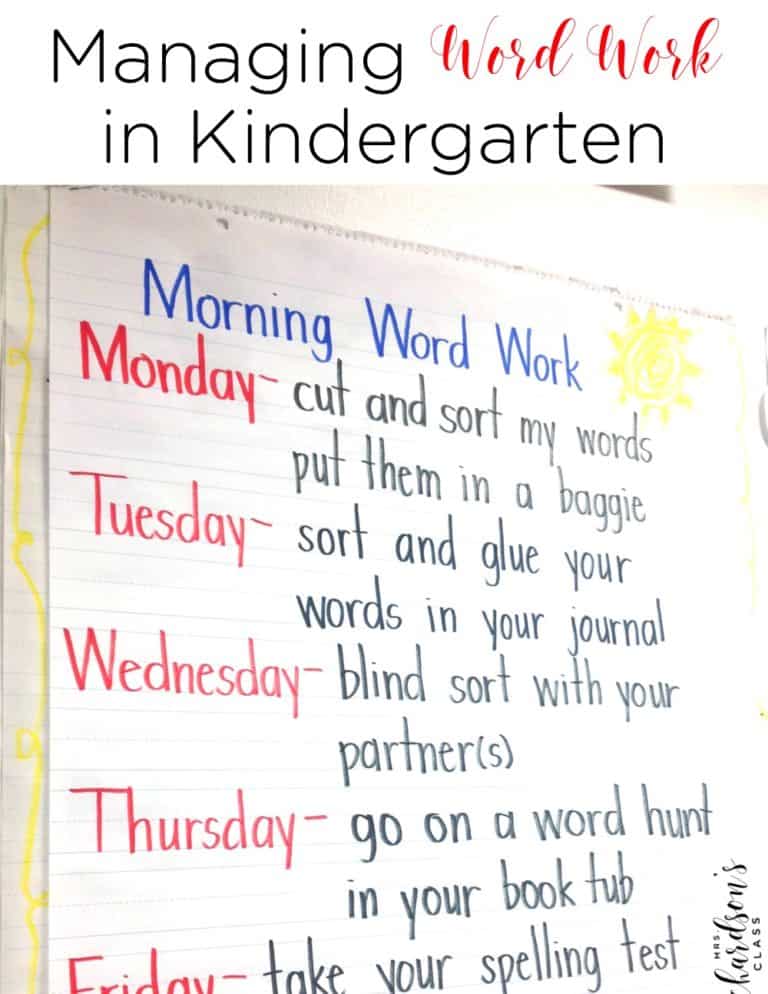


One commonly asked question I get is, “How do I know how to track guided reading progress in my students?” This is such a good question! Tracking guided reading data plays a key role in understanding these things about our readers:
Effectively tracking guided reading data shows you the results your students are having in reading. Then, you can identify areas of weakness and help readers strengthen those areas. Gathering and understanding guided reading data will help you easily see where each student is in their reading journey.
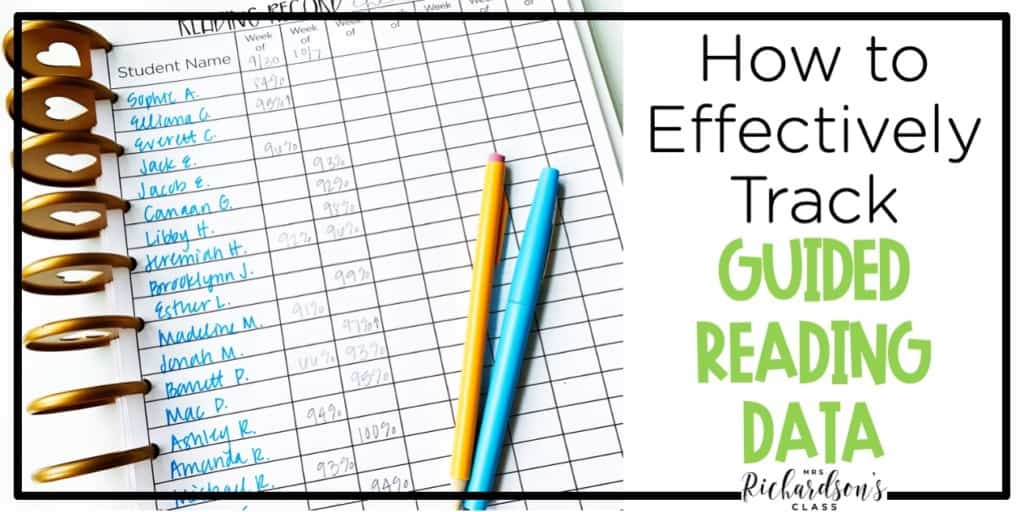
The first step to effectively tracking your guided reading data is to have a binder that’s organized in a way that works for you. You should have everything you need in one place to record anecdotal notes, running records, group information, book logs, and lesson plans.
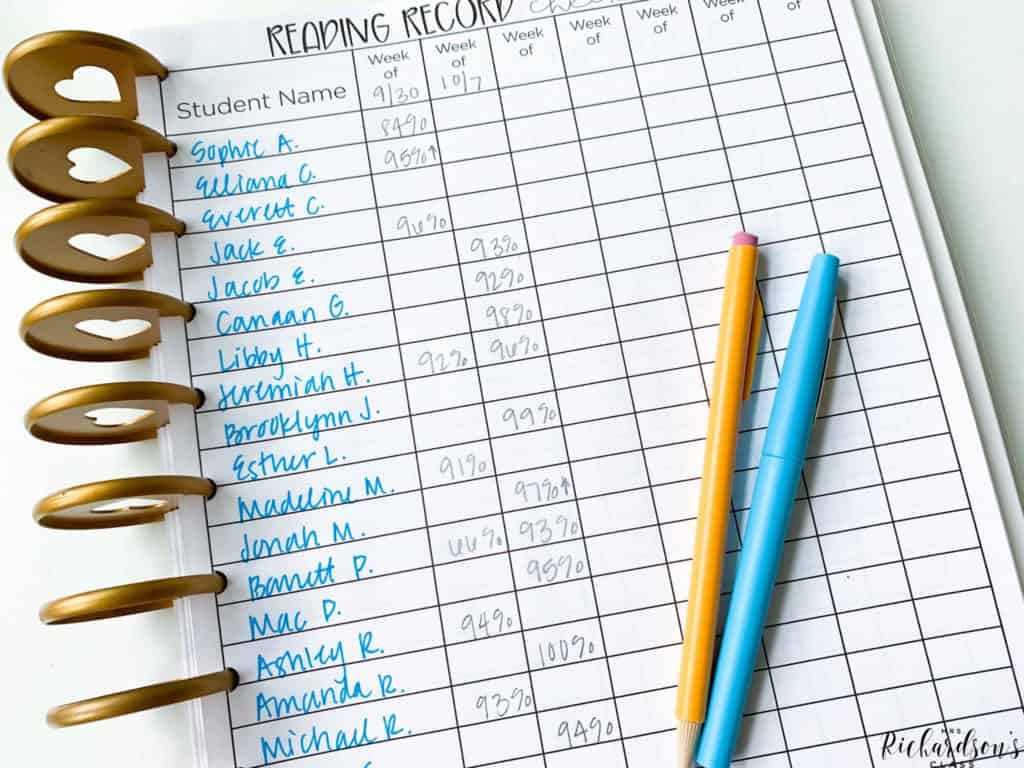
If you have access to data sheets at your fingertips, it makes tracking the data much easier. If you don’t love your guided reading binder, you can find mine HERE. It has all of the guided reading data tracking pages you’ll need, pages for organization, and more!
All year long, gather as much data as you can for each student. At the beginning of the year, you’ll do a reading assessment like the DRA. Record the students reading level, accuracy, and comprehension abilities. This information will give you a starting point.
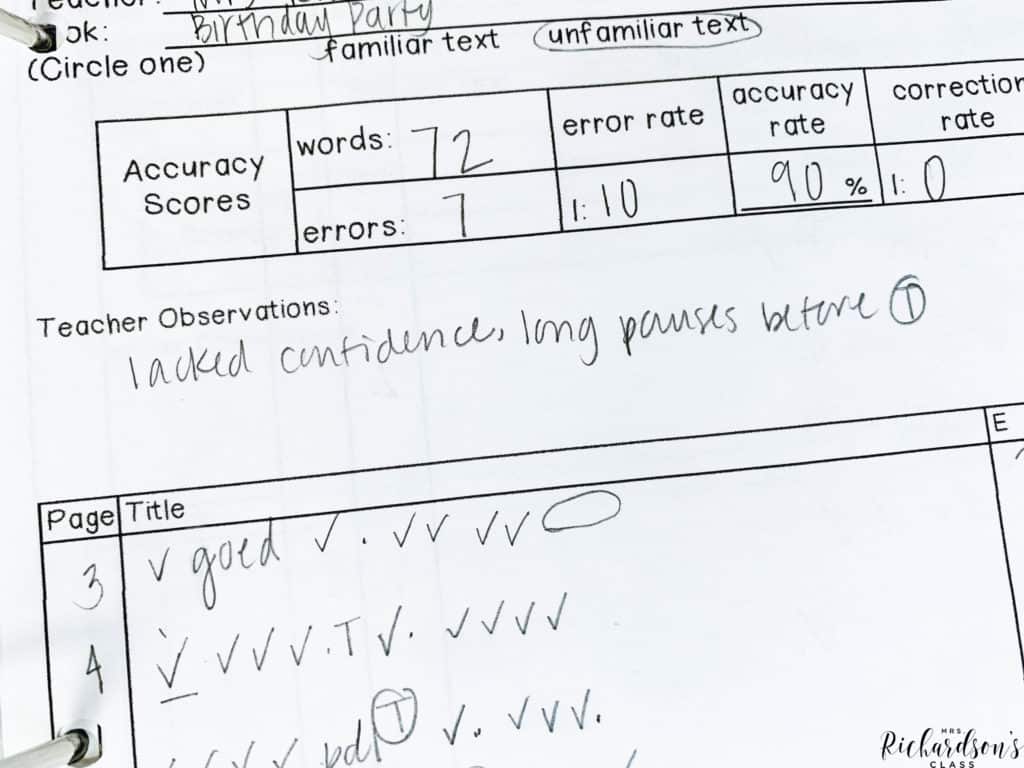
Throughout the year, you can assess students in a few areas to help track their reading progress:
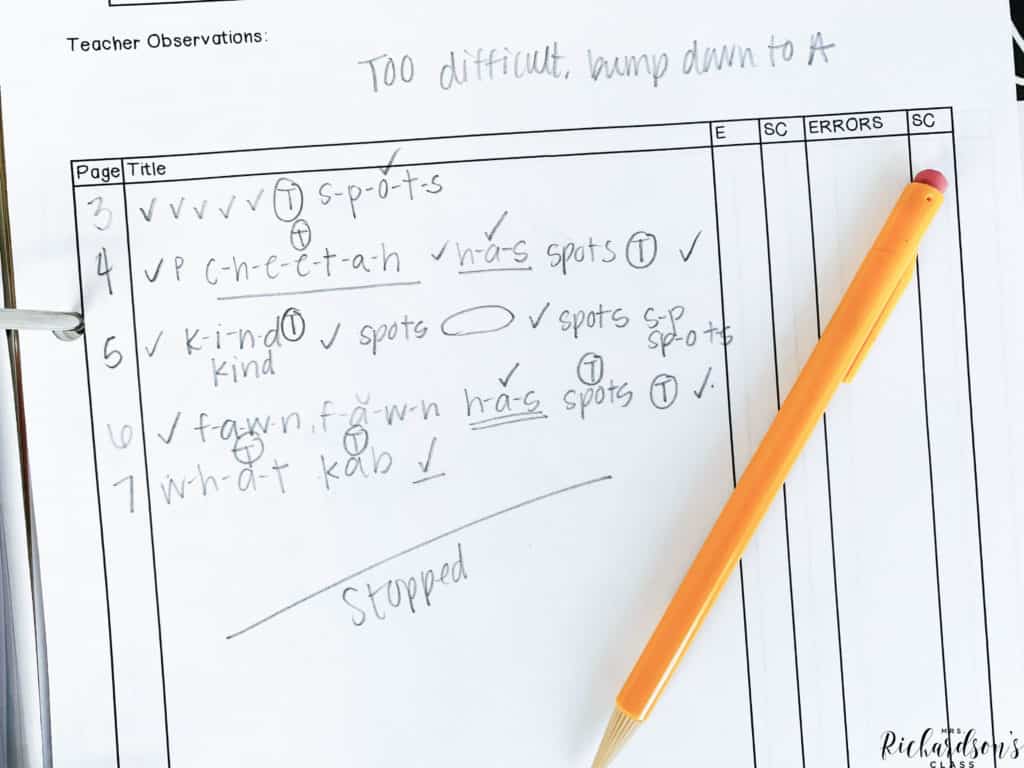
At the end of the year, you can do another reading assessment (like the DRA). If you are teaching via distance learning, you can still complete your end of the year assessment. Find out how in THIS blog post.
Analyzing running records is the key to understanding your guided reading data. After taking a running record, spend time analyzing it. What cues did the student use while reading? Decide if the errors or self-corrections were due to meaning, structural, or visual.
If a student was using more than one of these cues, you can choose as many as needed. Finally, record their reading accuracy and level.
These running records are the meat and potatoes of guided reading data. From record to record, and from level to level, you’ll be able to track students’ progress in an in-depth manner to help you move them forward. You can check out some top tips for running records in THIS post.
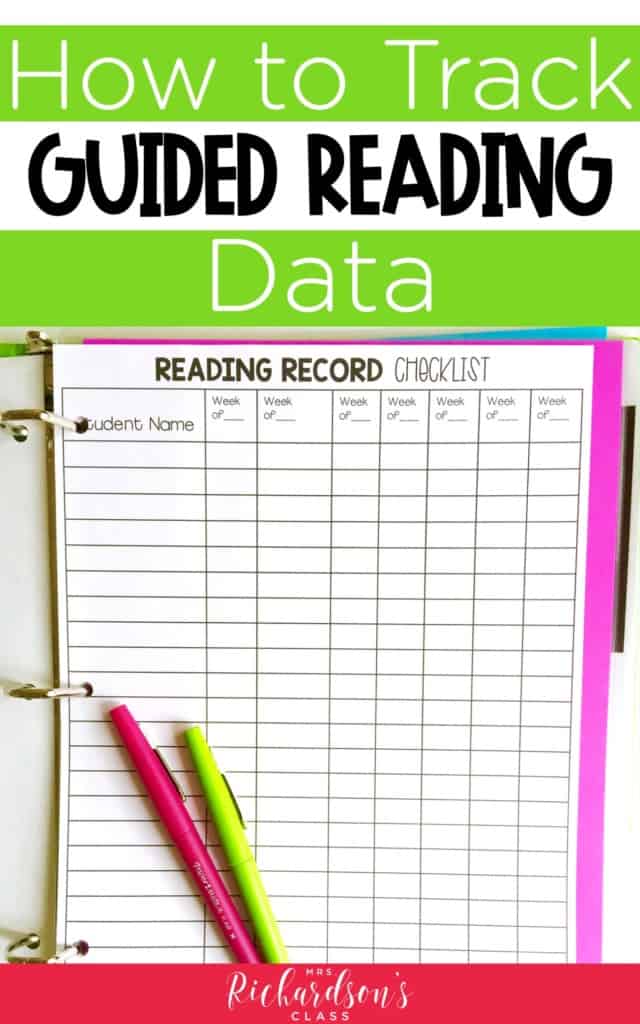
pin it
If you struggle with understanding how to do running records, analyzing them, or knowing what to do with them next, Guided Reading Unpacked is perfect for you!
It’s an online professional development course (7 hour learning certificate included!) that teaches you everything you need to know about guided reading from setup to writing lessons to delivering lessons to assessments.
I coach you through successfully completing and analyzing running records with detailed video lessons and examples. You’ll learn:
This course could change your reading instruction forever. Don’t miss out! I only open the course a few times per year because of the hands-on coaching I do while you complete it.
Hop on the waitlist so you’ll be the first to know when registration is open. I’d love for you to join us!

Want to use the latest research to boost your readers during small groups? This FREE guide is packed with engaging ideas to help them grow!

I’m a K-1 teacher who is passionate about making lessons your students love and that are easy to implement for teachers. Helping teachers like you navigate their way through their literacy block brings me great joy. I am a lifelong learner who loves staying on top of current literacy learning and practices. Here, you’ll find the tools you need to move your K-2 students forward!


| Cookie | Duration | Description |
|---|---|---|
| cookielawinfo-checkbox-analytics | 11 months | This cookie is set by GDPR Cookie Consent plugin. The cookie is used to store the user consent for the cookies in the category "Analytics". |
| cookielawinfo-checkbox-functional | 11 months | The cookie is set by GDPR cookie consent to record the user consent for the cookies in the category "Functional". |
| cookielawinfo-checkbox-necessary | 11 months | This cookie is set by GDPR Cookie Consent plugin. The cookies is used to store the user consent for the cookies in the category "Necessary". |
| cookielawinfo-checkbox-others | 11 months | This cookie is set by GDPR Cookie Consent plugin. The cookie is used to store the user consent for the cookies in the category "Other. |
| cookielawinfo-checkbox-performance | 11 months | This cookie is set by GDPR Cookie Consent plugin. The cookie is used to store the user consent for the cookies in the category "Performance". |
| viewed_cookie_policy | 11 months | The cookie is set by the GDPR Cookie Consent plugin and is used to store whether or not user has consented to the use of cookies. It does not store any personal data. |
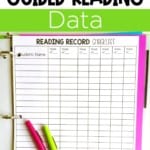
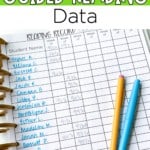
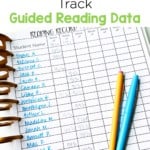
2 Responses
I absolutely love the thoroughness, yet simplicity of your post! I wish we had more articles like this to read in college or as a new teacher! Thank you. 🙂
Jessica, I have 100% BEEN THERE!! I totally know the feeling! So glad I could help!